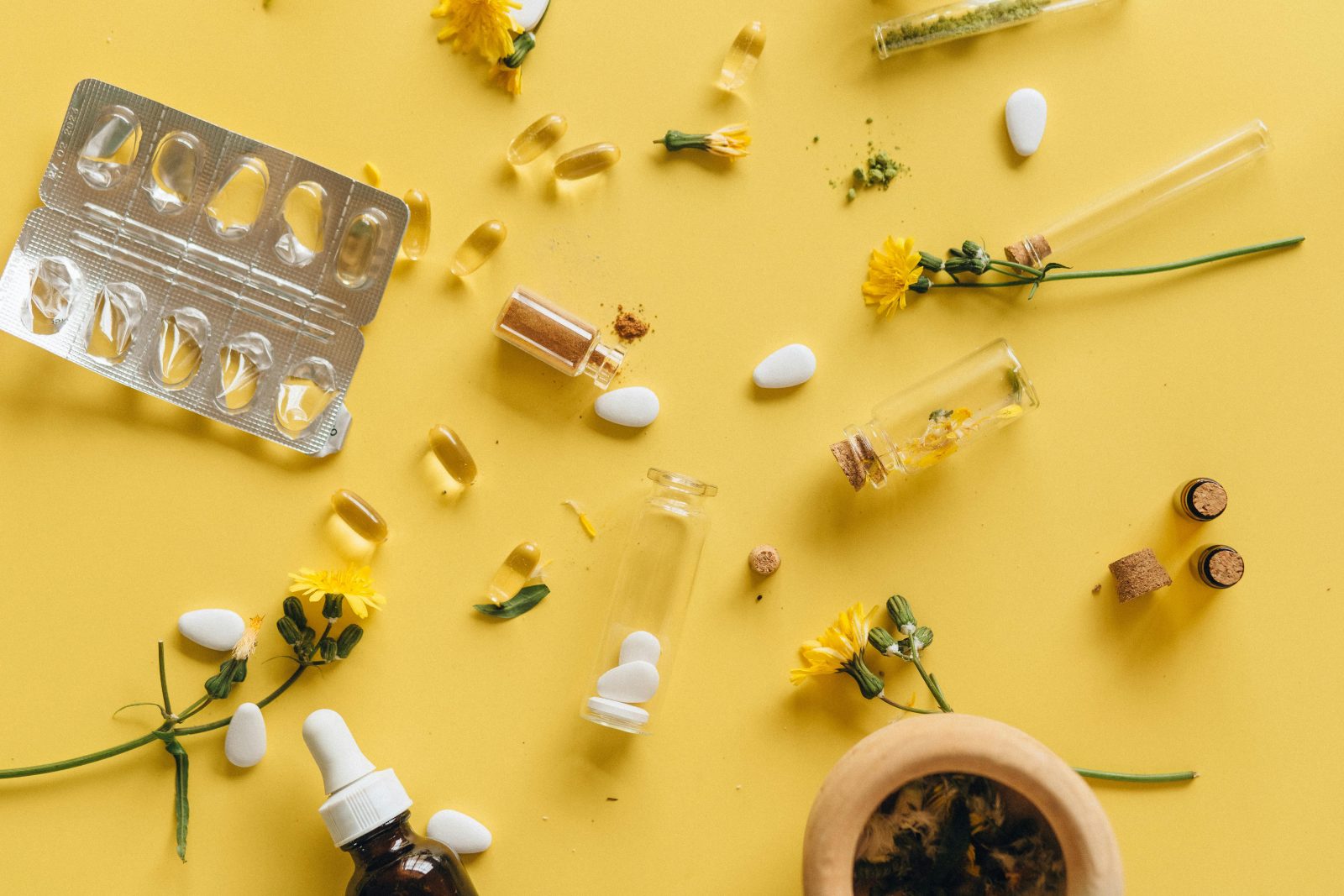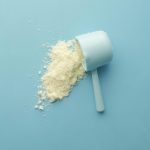What is Ayurveda?
It’s a centuries‑old traditional Indian system that uses plant, mineral, and metal-based remedies, dietary rules, massage, and “dosha” balancing.
But at its core, Ayurveda lacks solid scientific support, and recent evidence shows it can be harmful—especially here.
Some Good Stuff—But Not Unique
Ayurveda uses herbs like turmeric or ashwagandha that indeed have proven benefits—but they’re not exclusive.
You’ll find these in modern pharmacology too. Claiming Ayurveda uniquely discovered them is misleading.
If it’s effective and safe, it deserves attention—but only with rigorous evidence.
The Real Danger: Hidden Heavy Metals
Multiple studies show around 20% of Ayurvedic products in the U.S. contain dangerous levels of lead, mercury, or arsenic
Others note 70% of traditional samples exceed WHO safe limits health.com.
Regulators are sounding alarms:
-
The FDA warns some unapproved Ayurvedic medicines carry heavy-metal poisoning risks, including organ failure and neurological damage
-
Canada removed products with high lead, mercury, and arsenic concentrations from the market .
-
Pregnant women exposed in New York were found to have dangerously elevated lead levels—up to 2.4% lead in products
These aren’t isolated incidents: at least 55 cases of heavy-metal poisoning have been linked to Ayurvedic use
Mixed with Homeopathy and Unsafe Claims
Many Ayurvedic practitioners in North America are little more than homeopathy advocates, using untested concoctions and promoting pseudo-scientific dosha theories (think astrology for the body)
The Indian government’s AYUSH ministry has even been criticized for supporting drugs with “sham-drug” labels and zero clinical validation .
In short: if your Ayurvedic doctor recommends powders, rasashastra, or strict dosha-balancing rituals with no scientific backing—they’re offering snake oil.
When Ayurveda Backfires—Real Harm and Tragedy
The risks aren’t theoretical:
-
Fatal poisoning in India—like the 1991 Delhi “Karpoor Asav” incident—left hundreds dead due to unregulated Ayurvedic mixtures
-
Cases of liver and kidney injury in users of gold-salt remedies and adulterated powders are documented in medical literature
That’s why credible herbalists always warn: you get the good when it’s verified—and you avoid the version sold by charlatans or for profit.
A Nuanced—but Clear—Conclusion
-
Ayurveda has value in using herbal principles that often overlap with proven pharmacology.
-
Most of its metal‑based medicines are unregulated and potentially toxic—you’re playing Russian roulette.
-
Dosha theory is pseudoscientific. Matching intervention to temperament, not biology, doesn’t qualify as healthcare.
-
“Qualified” Ayurvedic practitioners in North America often lack medical credentials, and may lean into homeopathy, not evidence-based practice.
How to Approach It Smartly (If You Must)
-
Only use Ayurvedic remedies tested by labs for heavy metals.
-
Talk to a licensed medical provider and check interactions with medications.
-
Avoid any remedy that contains metals, unverified claims, or targets serious conditions.
-
Prefer plant-based supplements like turmeric, which have proven safety/efficacy data.
TL;DR
Ayurveda isn’t all bad—but its reputation in North America is riding on a fake wave.
Many doctors just mirror homeopathy, and heavy-metal contamination has caused real illnesses and deaths. Appreciate any plant-based treatments only when they’ve passed modern scientific tests.
Otherwise, you’re better off sticking with validated, evidence-based solutions.
Read more – Cold Climate Superfoods: The Best Foods to Keep You Warm and Healthy









